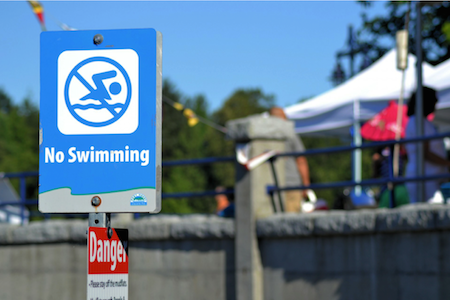Article
Literature Review of Aquagenic Urticaria: How One Becomes “Allergic to Waterâ€
Author(s):
Researchers compiled best practices for clinicians diagnosing and treating aquagenic urticaria (AU), a rare, but debilitating form of the skin disorder that leaves patients unable to bathe, sweat, or cry without breaking out in painful wheals.

Researchers reviewed current literature and compiled best practices for clinicians diagnosing and treating aquagenic urticaria (AU), a rare, but debilitating form of the skin disorder that leaves patients unable to bathe, sweat, or cry without breaking out in painful wheals.
Published in the November issue of the Journal of Asthma and Allergy, the article presented a practical overview of a challenging process. Robert Rothbaum and Jean S. McGee of Boston University noted less than fifty reported cases of a disease whose mechanism is poorly understood. Lacking a clear pathogenesis, researchers have been unable to devise evidence-based therapies.
The review outlined existing theories of how one becomes “allergic to water”. The first postulates that water can combine with sebum (oily secretions) to create a toxin that would trigger histamine release. Another possibility is increased water diffusion caused by sudden changes in the follicular osmosis process. In a third potential explanation, water-soluble antigens on the epidermis trigger histamine when dissolved by moisture. Lastly, the authors cited a study highlighting several AU patients who tested negative for any increase in histamine at water exposure, which suggested there could be a histamine-independent model.
Diagnosis is a complicated process of differentiation, not only among other physical types of urticaria (cholinergic, cold, heat, and pressure), but also in a handful of AU’s own clinical subtypes.
The authors included a table charting a score of common lookalikes and their distinguishing features, “patients with AU will present with characteristic 1—3 mm folliculocentric wheals and surrounding 1–3 cm erythematous flares within 20–30 minutes following skin contact with water.”
Researchers had referred to orally-administered non-sedating second-generation H1 antihistamines as the cornerstone therapy for AU. Rothbaum et al charted the known treatment options noting, “Many patients may require further interventions to have adequate symptomatic control.”
The paper, “Aquagenic urticaria: diagnostic and management challenges,” was published in the Journal of Asthma and Allergy.
Related Coverage:
No Association Found Between Hives and Heart Attack
Carol Burnett’s “Mama” Opens Up About Chronic Idiopathic Urticaria
Four Simple Tests Can Improve Autoimmune Urticaria Diagnosis





